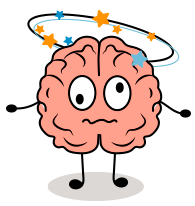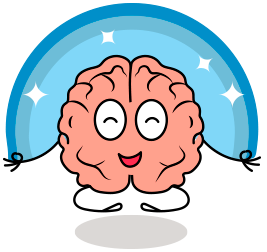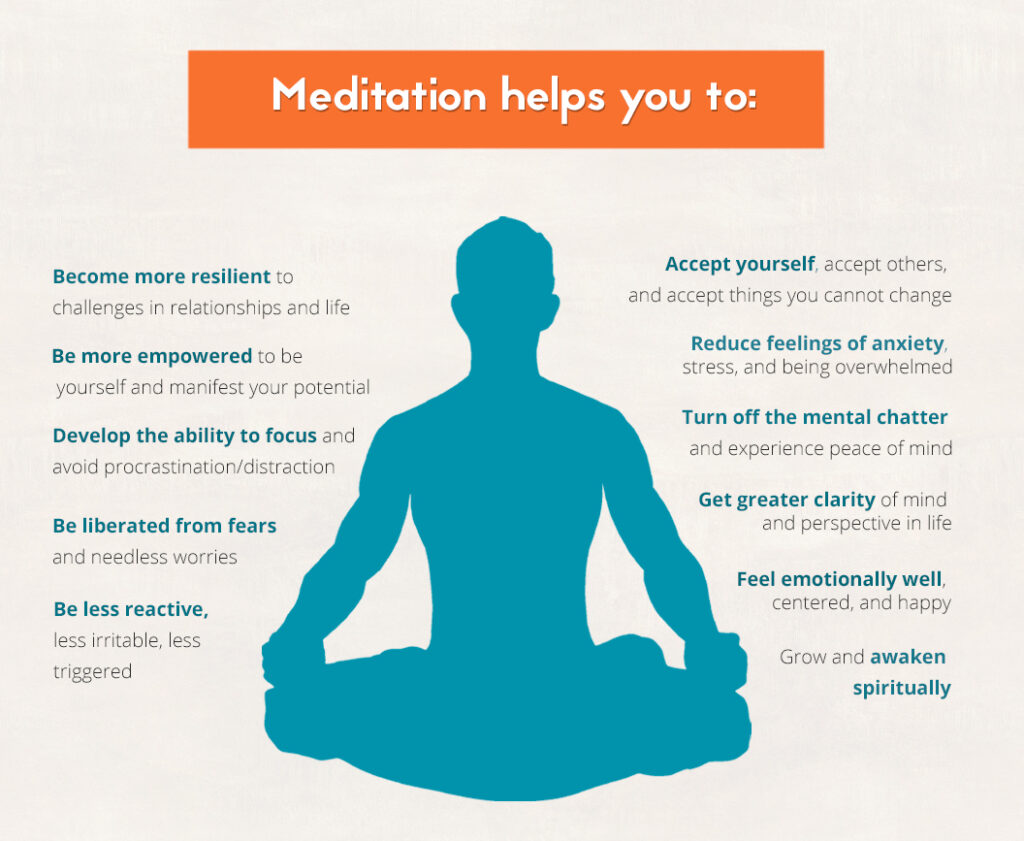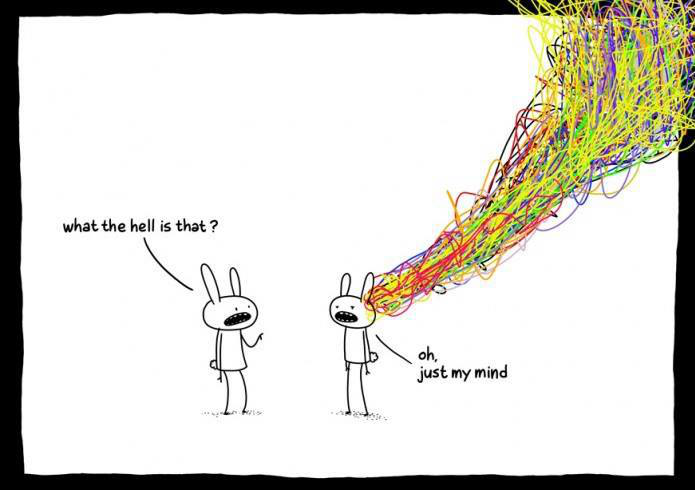We all experience a reaction to our nervous system when our stress response kicks in. Likewise, each of us has our stress response triggers that set it in motion. How we handle our stress response triggers greatly influences our short and long-term physical, mental, and emotional health.
Fight or Flight Response
Examples
Our stress response triggers set off our flight or flight response, and the severity differs for each of us. How we handle our stress triggers influences how it affects us physically, short and long term. Here are a few examples of (flight or flight) short and long-term stress response triggers.
- traffic congestion
- arguments
- public speaking
- job interviews
- financial worries
- deadlines
- health issues
- relationship problems
- loss of a loved one
Our body’s stress response is natural; it is not a fault or defect; it is hard-wired into us to keep us safe. When our unique triggers activate our stress response, it involves the acceleration of our heart rate. Our blood is diverted away from the gut into the muscles. Our pupils become constricted, and our natural breathing pattern is altered. The body prepares itself for running away or engaging in conflict with the fight or flight response.
Stress Response Hyperstimulation

The hypothalamus in the brain is tied to the stress response, and connected to the body through the autonomic nervous system. Stress hormones cortisol and adrenalin are released from the adrenal glands into the bloodstream during a stress response hyperstimulation state.
Long-term Effects of Stress on The Body
Long-term stress hormones flood the body and negatively affect the immune system’s ability to remain strong. Chronic stress is associated with abnormalities in the stress hormones and inflammatory markers. As a result, increasing blood pressure increases the risk of heart attack and stroke. Harvard Medical research also shows that 90% of all illnesses and diseases are stress-related. Cardiovascular disease, heart disease, and skin doctors have found that many skin conditions, such as hives and eczema, are related to stress.
Research also shows that MS individuals have higher blood cortisol levels. Stress is a common cause of everyday aches, pains, and health problems, such as headaches, backaches, stomachaches, diarrhea, sleep loss, and loss of sex drive. Stress also appears to stimulate appetite and contribute to weight gain. Conversely, stress can also reduce one’s appetite contributing to weight loss. Broken Heart Syndrome, also known as Takotsubo Syndrome, is a sudden temporary left ventricle dysfunction. Overwhelming stress or trauma is related to increased catecholamines (epinephrine, norepinephrine), causing a squeeze of the heart chamber and causes of temporary heart failure.
Calming The Stress Response
Meditation and breathing techniques are simple ways to refrain from the body’s response to stressful situations. In comparison, rapid breathing is controlled by the sympathetic nervous system. However, deliberately slowing down the breath with a deep breathing exercise stimulates an opposing parasympathetic reaction of “rest and digest.”
The Brain and Body Connections
The fact that we can retrain our bodies to respond to stress less harmfully is genuinely remarkable. Furthermore, research studies in epigenetics show that breathing techniques can change our gene expression. Therefore, we have the power to alter the fundamental activity of the cells within our bodies with our minds. For example, long-term meditation practice increases our brains’ gray matter in the auditory and sensory cortexes. In other words, our senses become enhanced.
Meditation Has Positive Changes in Regions of the Brain

The region of the brain’s frontal cortex, “gray matter,” also increases memory and executive decision-making. One research study found that individuals who meditate for eight weeks modified their brains in several areas. Whereas the amygdala had shrunk, other regions of the brain thickened. Areas of the brain included the posterior cingulate: the left hippocampus, the temporal-parietal junction, and the Pons. Therefore, while meditation changes the brain, the brain also modifies the body. For example, meditation can help us calm our stress response to life challenges.
Stress Response Anxiety, Depression, and Insomnia
Many studies suggest a link between mindfulness meditation and reducing anxiety and depression. Studies also found a tangible link between the practice of mindfulness-based stress reduction and the reduction of insomnia severity in adults with chronic insomnia.
The most common mental illness in the US is anxiety disorder affecting 40 million adults age 18 and older. 19.1% of the population each year. Though anxiety disorders are highly treatable, only 36.9% receive treatment.
Depression affects about 20% of adults over 65. Depression can affect the body, leading to a higher risk of heart disease and other illnesses’ severity and brain regions linked to depression. Meditation is like a rewiring process that fixes faulty circuits in the brain.
Reducing the Stress Response, Meditation for Cognition
Meditation and mindfulness practice improve cognitive abilities and mood, and emotional balance. It also enhances visuospatial processing, working memory, and executive functioning and increases attention span.
Studies used functional magnetic resonance imaging (MRI) to scan brain activity in participants before and after they began regularly meditating. The MRI brain scans revealed decreased activity in the amygdala when participants watched images with emotional content. Meditation practiced seemed to help curb the involuntary emotional responses associated with this part of the brain.
Brief 10-minute daily meditation practice helps the brain ward off distractions and concentrate on the task at hand. As a result, it increases individual ability to perform tasks requiring focus.
Easing the Stress Response, Meditation for Pain Relief
Studies also support meditation, for meditation activates parts of the brain in response to pain. A study including ninety chronic pain patients trained in mindfulness meditation shows statistically significant reductions in pain, symptoms, and mood disturbance activity inhibition. Pain-related drug use decreased, and activity levels and self-esteem levels increased. The comparison group of traditional pain treatment patients didn’t show any improvement. Improvements at the follow-up 15 months after post-meditation training, patients still reported they maintained positive results from meditation practice.
Meditation Helped Change My Life
I can vouch for the positive effects meditation has on chronic pain. I suffered from MS and chronic spine pain for 23 years before being introduced to meditation. Having to take monthly trips to the pain clinic for heavy long and short-term painkillers, which never really suppressed my pain enough to enjoy my life. My anxiety was high, and I suffered panic attacks that would take me down to my hands and knees. As my pain worsened, my anxiety heightened, which increased my pain. My life was a vicious cycle of physical, mental, and emotional suffering. I was sleeping in a recliner chair for over ten years because I could not be in a laying position without increasing my neck and lower back pain.
Learning to be meditative calmed my stress response. As a result, my pain slowly decreased the more stuck with my daily meditation practice. Not only did my chronic pain subside my MS symptoms started to decline also. Research studies show that individuals with MS have higher amounts of cortisol stress hormone in their blood. As I learned to relax my mind and body, my tight muscles began to relax, and muscle spasms lessened in frequency. So not only was my mental health improving so was my physical health, and my mobility slowly increased. Within six months, I was sleeping back in a bed, which was a blessing. I did not think that was ever going to happen.
Mindfulness Meditation Can Relieve Your Stress Response

We spend a lot of time with our minds stuck in the past or the future, whether regretting something said or done by ourselves or others. Or we stress about upcoming plans. These thoughts pull us away from the here and now. These consent thought patterns could increase stress and wreak havoc on our ability to focus. In addition, long-term worry and anxiety affect us physically, mentally, and emotionally causing illness and disease in our bodies.
Mindfulness meditation is an effort to put the breaks on our overactive minds and focus on one natural thing: breath. The practice is less about clearing the mind or stopping thoughts and more about becoming aware of them. This process grounds us securely in the present moment. As a result, practitioners report calmer minds, more regenerative relaxation, and overall less stress.
Beginning Mindfulness Meditation With Ease

Mindfulness is not zoning out or avoiding reality and our problems. Instead, mindfulness is facing the realities of life and staying fully present with the solutions that are all around us. Mindfulness is paying attention because it is only in the present moment that we experience synchronicities and miracles. Only in the present moment are we in rhythm with the heartbeat of life as it is and not as we want it to be; it is there we find our answers.
When just beginning, it is best to start meditation in short sessions several times a week. With this in mind, a session may be as short as 3 to 5 minutes. However, with time and practice, you will become comfortable with sessions lasting 45 minutes or more.
Sitting in a comfortable position for you is essential. For example, you can sit in a cross-legged position on the floor or in a chair; if you are sitting in a chair, place your feet flat on the floor. In addition, you may use support pillows behind your back, keep your posture as straight as possible, and keep your gaze down or eyes closed.
Remember, your mind will wander, and that’s ok. However, when your mind wanders or becomes fixed on a topic, acknowledge that it has and gently bring your attention back to your breath.
A Simple Mindfulness Meditation, Reduce Your Stress Response
- Get in your most comfortable position.
- Take a few deep breaths in through the nose and breath out of the mouth.
- Now return to your natural breath and gently bring your attention to it. Do not try to control your breath; just be aware of it. Consider the physical sensations of the air moving into the body. Be mindful of the in-breaths coolness and the warmth of the out-breath.
- You could also count your breath (1- inhale, 2- exhale, 3- inhale, and so on).
Practice Mindfulness Throughout Your Day
You can practice mindfulness throughout the day by pausing before taking action. Such as, before you head to work, take a few minutes to sit in your car before starting your day quietly. Teak a few deep breaths and note the sights and sounds around you. Therefore, allow your thoughts and feeling to come and go.
You can also pause in others areas of the day before answering a ringing phone or heading into an appointment. For example, pause before checking your email. Simply take a few deep breaths to collect your thoughts and focus on your feelings after reading each. Then, wait after you read each one and before you respond. How does each message make you feel? Do you feel overwhelmed? Or Stressed? Appreciated? Undervalued? Happy? Or are you Excited? Whatever emotion comes up, accept it without judgment and then continue; this may even help you approach each message with less emotion and in a more clear-headed and professional manner throughout your day.
Sources:
Emotional Resilience, Learn to Bliss Through Life Challenges https://1111newme.com/2022/08/16/emotional-resilience-learn-how-to-bliss-through-life-challenges/
Anxiety and Depression Association of America adaa.org
The Clinical Use Of Mindfulness Meditation for the Self-regulation of Chronic Pain https://doi.org/10.1007/000845519
Less Stress, Clearer Thoughts With Mindfulness Meditation Https://news.harvard.edu
Mindfulness meditation for Chronic Pain Systematic Review and Meta-analysis ndbinlm.n.h.gov
Disclosure: Bear in mind that the above post contains affiliate links; if you make a purchase, I will earn a commission at no extra cost. Keep in mind that I link this company and its products because of their quality and positive impact on thousands of people’s lives, not because of the commission I receive from your purchases. The decision is yours, and whether or not you decide to buy something is entirely up to you.

